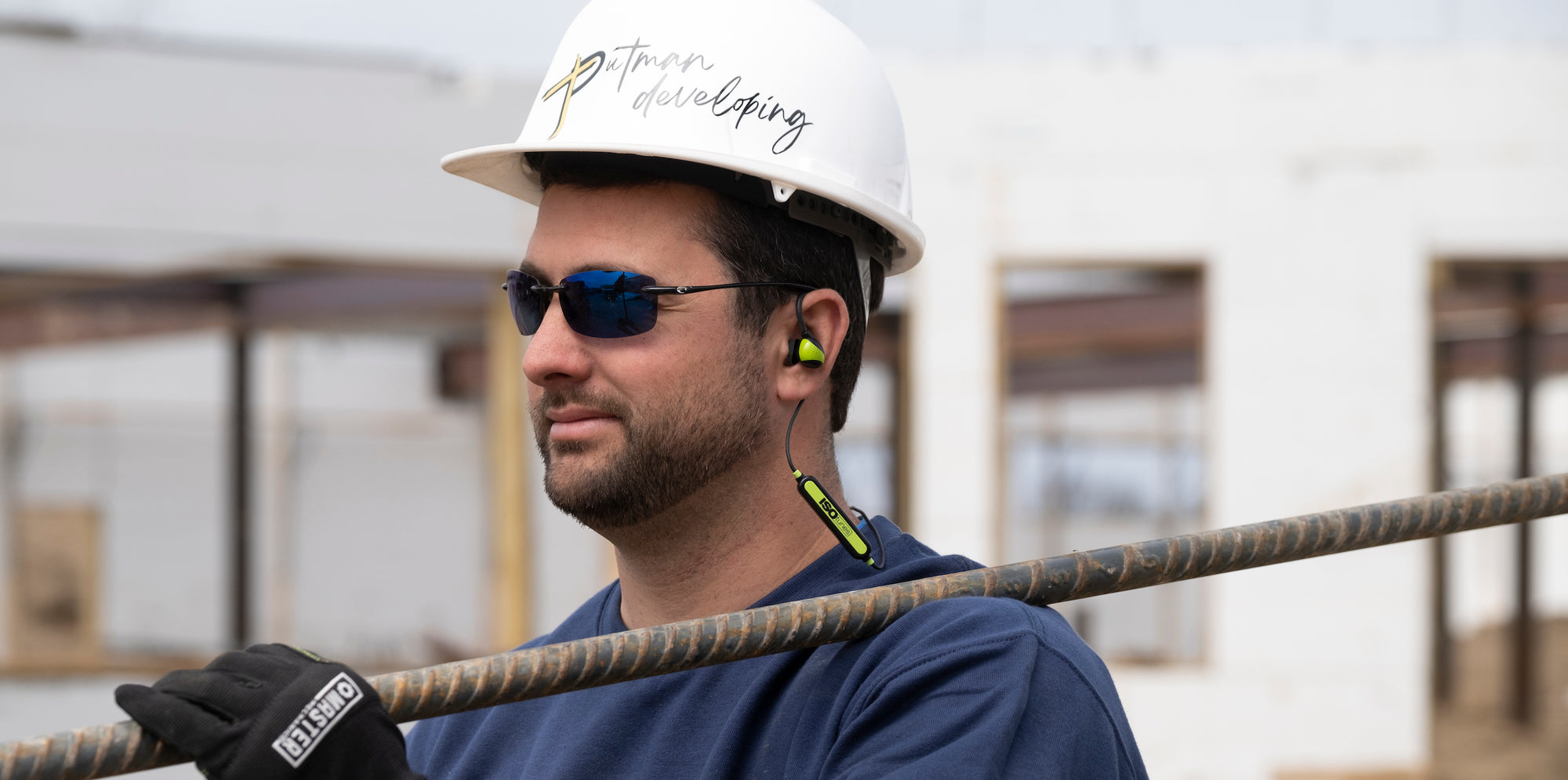Situational awareness is defined as the “perception of environmental elements and events ” In other words, situational awareness is the ability to know and understand what is going on around you. Unfortunately, safety products often reduce our situational awareness in the name of protection. Gloves make it hard to feel, polarized glasses can make it hard to see, and hearing protection..well..makes it hard to hear. Usually this is what you want from good safety gear; however limiting your senses, and thus your situational awareness, can actually be dangerous depending on your profession and environment.
What are the dangers of limited situational awareness?
There are 2 major hazards that come to mind when we think of limited situational awareness.
- Without awareness of the world around you, it’s easy to miss warning signals and potential hazards. This puts you at risk for dangers you didn’t see, hear, or sense coming.
- It’s common for people to remove their PPE (Personal Protective Equipment) in order to communicate with others or observe their environment. With PPE removed, you’re at risk for the obvious dangers from the elements.
So the big question is, how can you enhance your situational awareness without removing your PPE altogether?
Here are 5 tips to improve your situational awareness:
Use the SLAM Technique. SLAM stands for Stop, Look/Listen, Assess, and Manage and should be used whenever you feel at risk. Before beginning a project, Stop and think about the project before getting your hands dirty. Consider how familiar you are with the tasks at hand and determine how comfortable you are with this project. Then Look and Listen for potential hazards or dangers. This should be done before you begin your project, but it’s recommended you continue to pause and look for hazards throughout the entirety of your project. If you identify a safety hazard, Assess how this affects you and those around you. Do you know how to proceed safely? Finally, you’ll want to Manage the risk. In an ideal world, this means eradicating the risk all together. Then ask yourself how you can avoid this problem in the future.Avoid and prevent fatigue. We’ve been there and we know you have too. Mistakes happen when we’re tired and stressed out. Make sure to only start projects when you’re adequately rested, and take extra precautions if you’re tired. We suggest finding a sleep and work schedule that optimizes your performance and safety. A good rule of thumb, always shoot for 8 hours of sleep a night! Improve communication with your team. A fresh pair of eyes can make all the difference! If you’re working with a team, encourage everyone to speak up if they notice a safety hazard. Use verbal or non-verbal messages to alert team members to possible dangers. Install additional warning signs and signals. Whether its signs, alarms, or caution tape, make sure hazards are easily identifiable. Install or familiarize yourself with automatic warning signals that are triggered by failing machines and processes.
- Utilize PPE that enhances situational awareness. Not all PPE is restrictive! Look for glasses and hearing protectors that enhance situational awareness. This may look like night vision safety goggles for increased situational awareness in the dark, or hearing protectors with active listening technology for situational awareness on the jobsite.
Hearing Protection for Enhanced Situational Awareness
Technology to improve situational awareness is evolving each day. If you work in environments with loud impulse noises (like nail guns, hammers, or gunfire), earbuds or earmuffs with active listening technology may be right for you! For example, products with ISOtunes Aware Technology allow you to amplify the sounds in your environment. This means that you can communicate with colleagues or listen for warning signals at or above typical hearing thresholds. Aware Technology works by amplifying the sounds you want to hear, and reducing the sounds you don’t! When products with Aware Technology sense a harmful noise, they reduce the sound to a safe level in less than 2 milliseconds. Once they sense the harmful noise has ended, you can resume hearing the world around you at a comfortable listening level.
To learn more about ISOtunes Aware Technology, click here.



